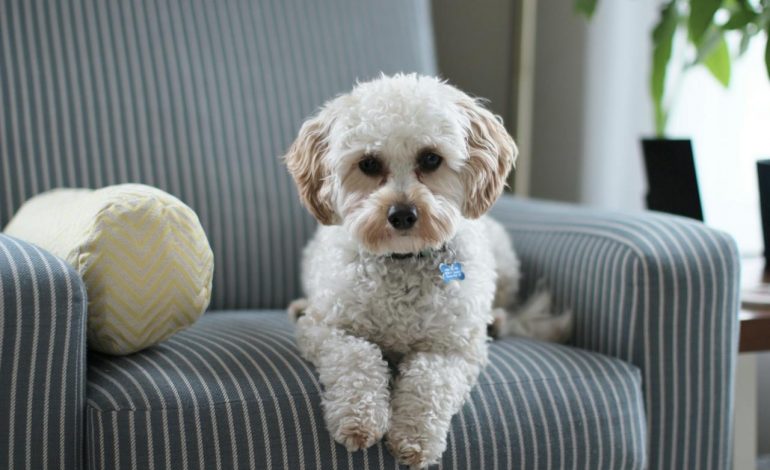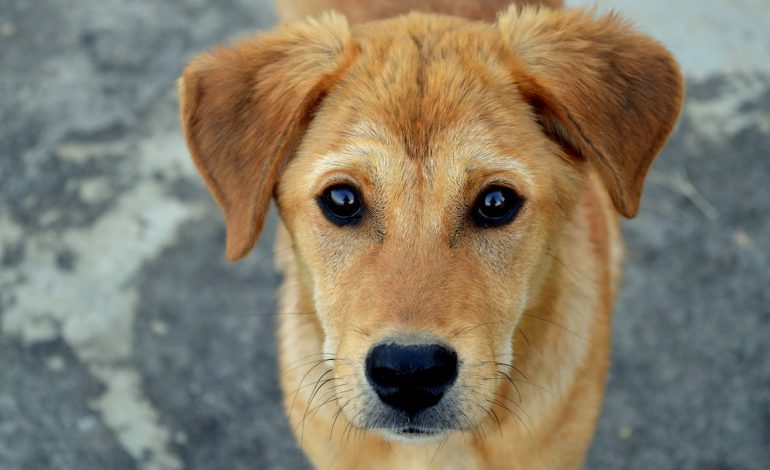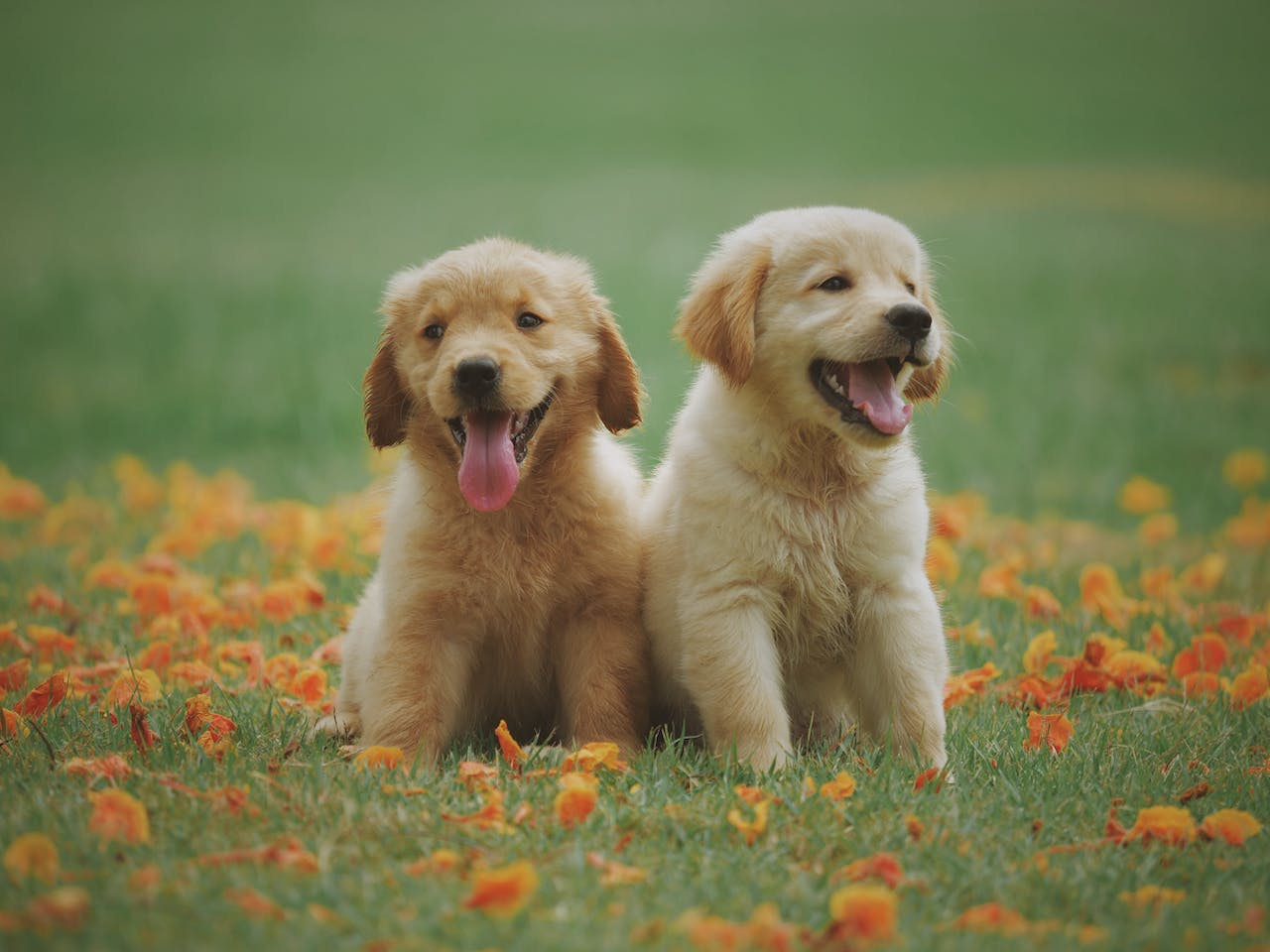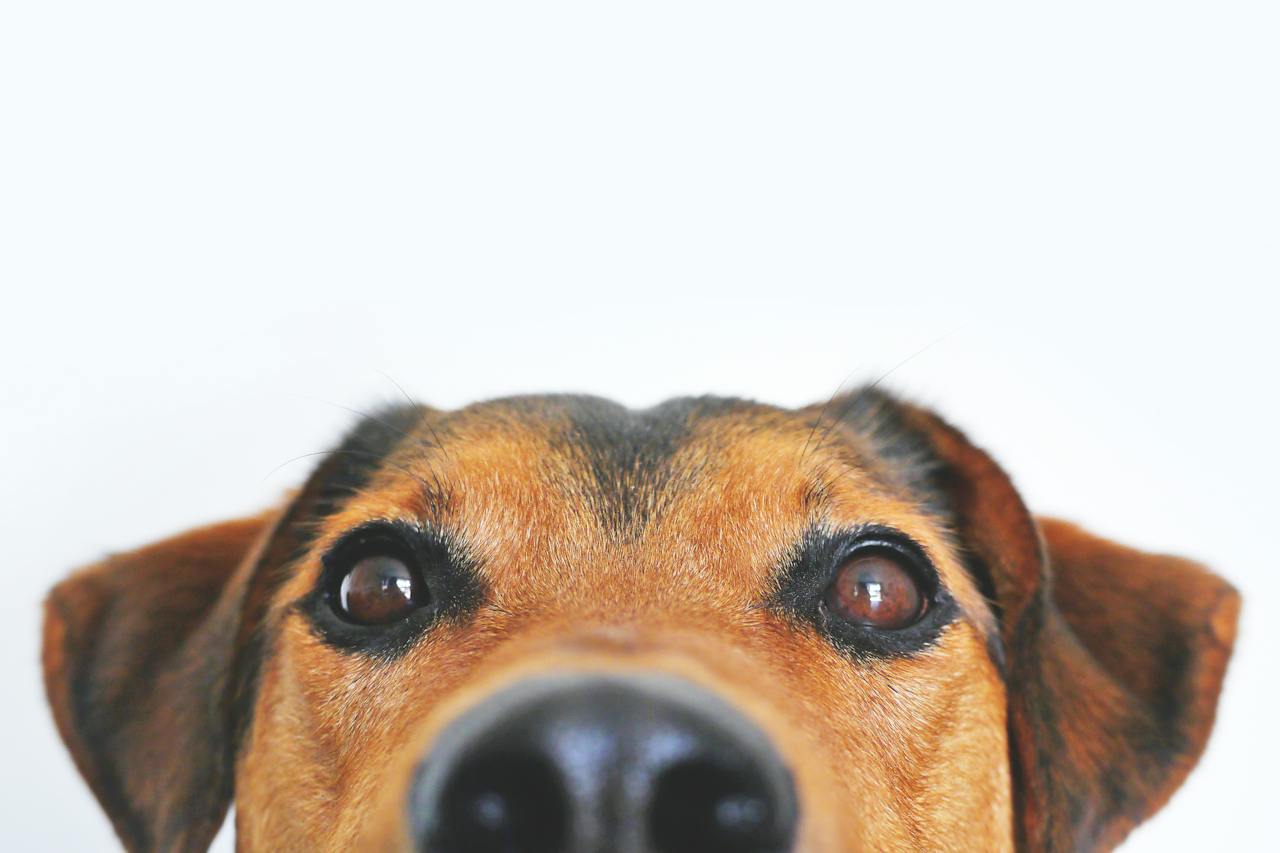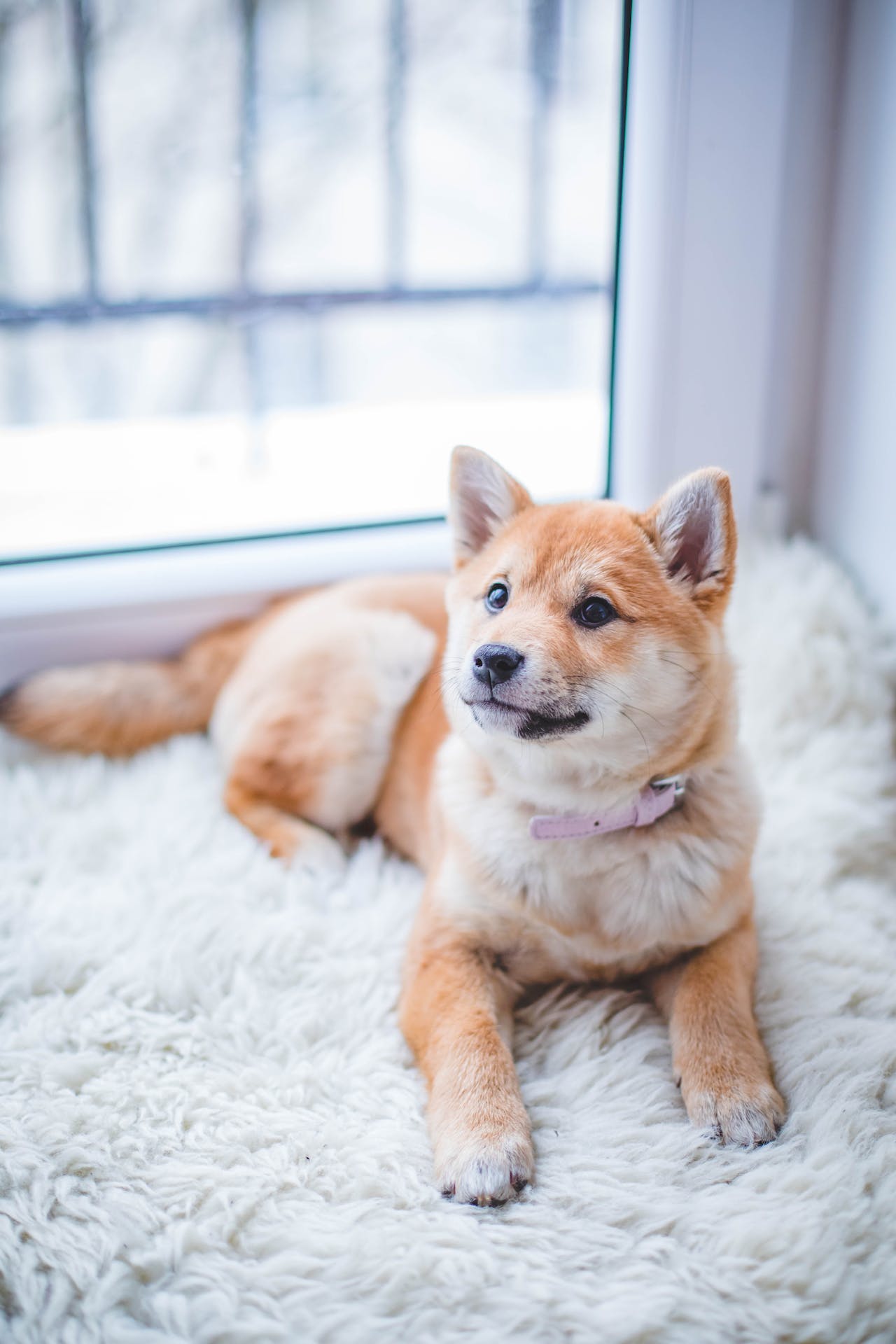My Dog is Scared of Thunder
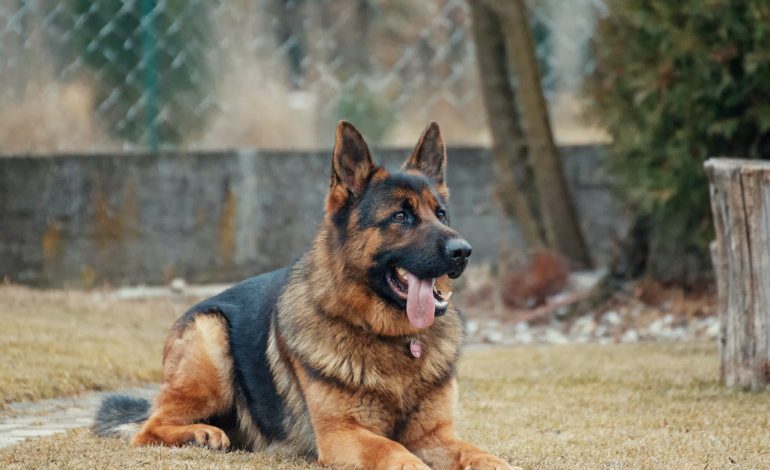
Thunderstorm anxiety is a difficult, and often frightening, problem for dog parents to handle. A dog afraid of thunder can have a variety of reactions, from mild to extreme. Dogs may pant, whine, bark, hide, tremble, pace, spin, scratch and/or paw at windows and doors, and may become extremely destructive and panicked to the point of hurting themselves. I remember my own sense of horror when we were driving cross country from Los Angeles to Pennsylvania and my shepherd mix became extremely anxious during a thunderstorm in Arizona, to the point where my husband and I had to take turns staying in the car with him at night because we couldn’t keep him in the hotel due to his terrified barking. We never realized he, at six years of age, was thunder-phobic since he lived all his life in an area where there really are no storms. So, I can deeply sympathize with the trauma that other dog guardians can feel when they find their dog suffers from thunderstorm phobia.
Dogs that suffer from thunderstorm phobia are often also sensitive to other loud noises such as fireworks and gun shots1. Studies have also found that breed, age, sex and acquisition of the dog can increase the likelihood a dog will suffer from this condition. Female dogs and neutered males are more likely to be thunder phobic, as well was dogs that were rehomed2.
Reducing thunderstorm anxiety in dogs
One of the interesting findings of several researchers about thunderstorm phobia was that the percentage of dog guardians who sought help for the problem from behavior and veterinary professionals was quite small3. This may be due to pet guardians not being aware that there is help for this condition and/or lack of access to professionals. While thunderstorm phobia can be difficult to deal with, depending on the severity, there are still many things you can do to help your dog be more comfortable and modify his behavior over time.
The first step is to consult with your veterinarian or a veterinary behaviorist, if there is one in your area. There are anti-anxiety medications that can be used to help your dog feel calmer during a storm. Another benefit to these is that they help a stressed dog to relax enough to concentrate on the behavior modification plan you put together. In my personal experience, pet guardians can be uncomfortable with the thought of using medication for anxiety on their dog, but, thunderstorm phobia can be a medical emergency if it’s severe enough. Even in its milder forms, it’s still a very unpleasant experience for the dog. Medication can make him more comfortable.
Thunderstorm anxiety tips for dogs
- “Make sure that you allow your dog access to safe spaces. Too often guardians will close the bathroom or closet or basement door which can cause a stressed dog to become even more anxious,” says Marjie Alonso, CDBC, KPA CTP, CPDT-KA, Executive Director of the International Association of Animal Behavior Consultants. Some dogs are calmed by staying in a place they can hide, such as a covered crate or inside a closet. If this makes your dog comfortable and he is not hurting himself, allowing him to find the place he feels safest can help reduce fear.
- Other dogs can be calmer when they are outside. My own shepherd mix was much less stressed outside during a thunderstorm and my husband spent much time playing ball with him in the yard, wearing a rain poncho to protect himself from the weather. Many dogs with storm phobia can sense other changes in the air, such as barometric pressure. For these dogs, it can help to put them in an area of the house that is more grounded to the electricity in the air, such as a bath tub or rubberized flooring.
- Masking the noise can also be helpful in keeping the dog calm. Using the sound of the TV or a radio can dampen the effect of the thunder. You don’t want to make them too loud since your dog is very likely sensitive to loud noises in general. Another option is closing the windows, turning up the air conditioner, or using white noise machines. There are several apps you can get on most smartphones that have white noise and other soothing sounds and these can work as well.
- Systematic desensitization is a form of behavior modification where you expose your dog to a stimulus that the dog finds scary in tiny amounts and pair this with something very reinforcing to the dog, such as a high value food treat (steak, chicken, etc.) or a beloved toy or brushing – every dog is different so you want to use something that your dog loves more than anything else. You should consult with a behavior professional before attempting such a protocol. This is only a quick summary and a professional can help you with recognizing your dog’s body language to make sure your timing and behavior plan is on point, as well as provide additional options for your dog.
- If your dog is not so stressed that you can get his focus, you can also try giving him something to do to take his mind off the storm. This could be doing some basic training exercises, teaching tricks, or using food-stuffed toys and puzzles. Just as with people, if the dog has a mental activity to focus on, it gives him less time to focus on what makes him afraid.
- Finally, many dogs have benefited from the use of a body wrap. Whether it’s a commercially produced product like the Thundershirt™ or using Ace™ bandages to wrap the dog following TTouch® methods. Again, from personal experience I can say my dog benefited greatly from the Thundershirt™ not only during thunderstorms but also during fireworks season.
If your dog suffers from thunder and noise phobia, finding qualified behavior help is highly recommended. Says Alonso, “I don’t think people even think to get help much of the time – these just think it’s just that ‘silly dog’ and don’t understand the severity of their dog’s stress level. Others simply don’t know that there is help available.” Visit the American College of Veterinary Behaviorists, the Animal Behavior Society, and the IAABC to find a professional near you.
